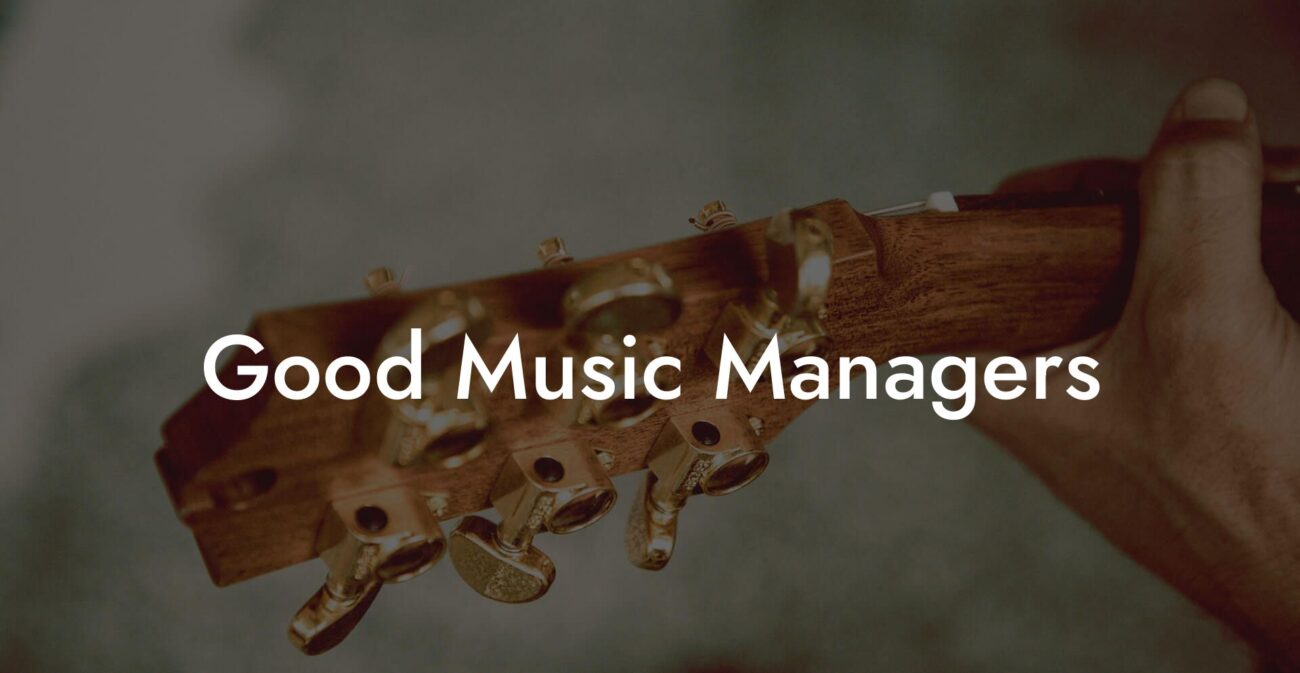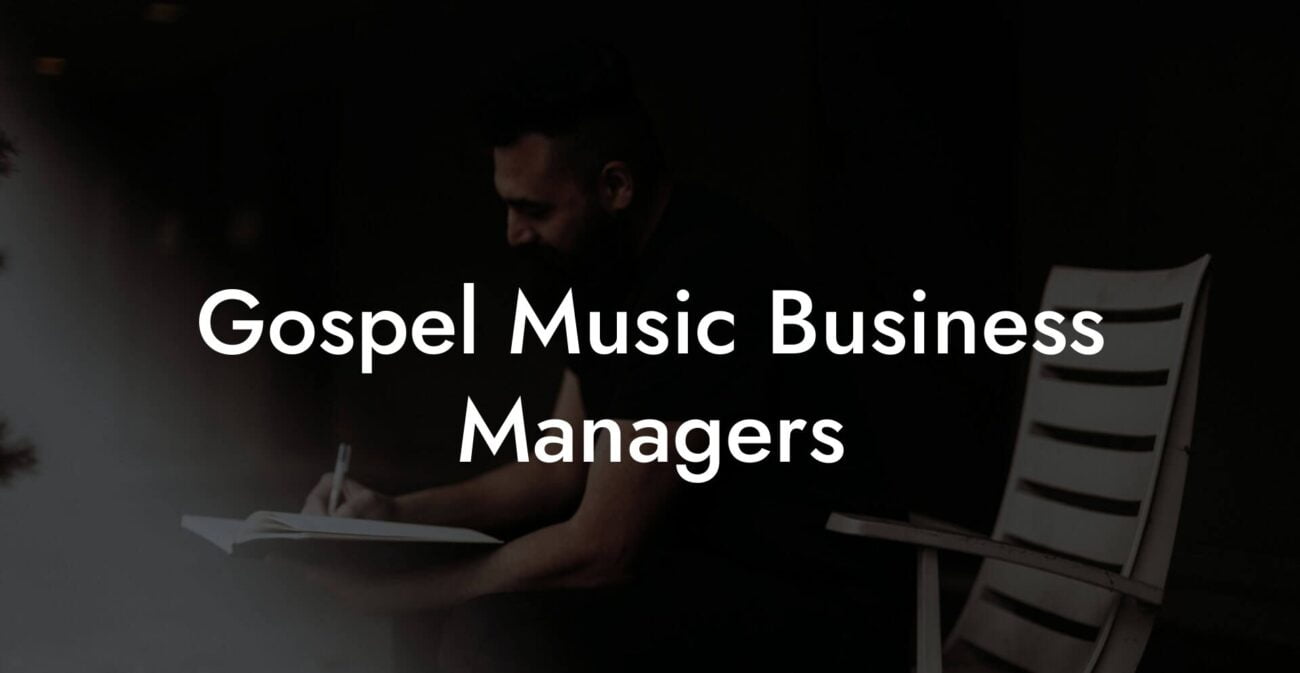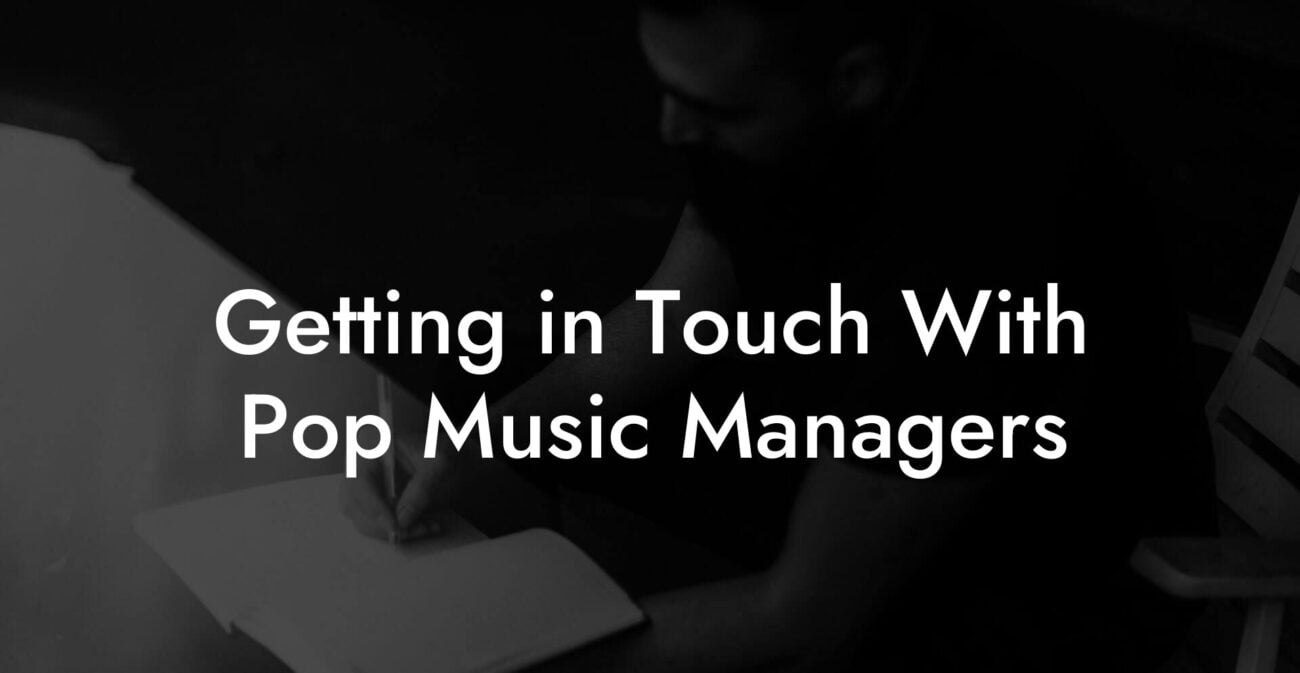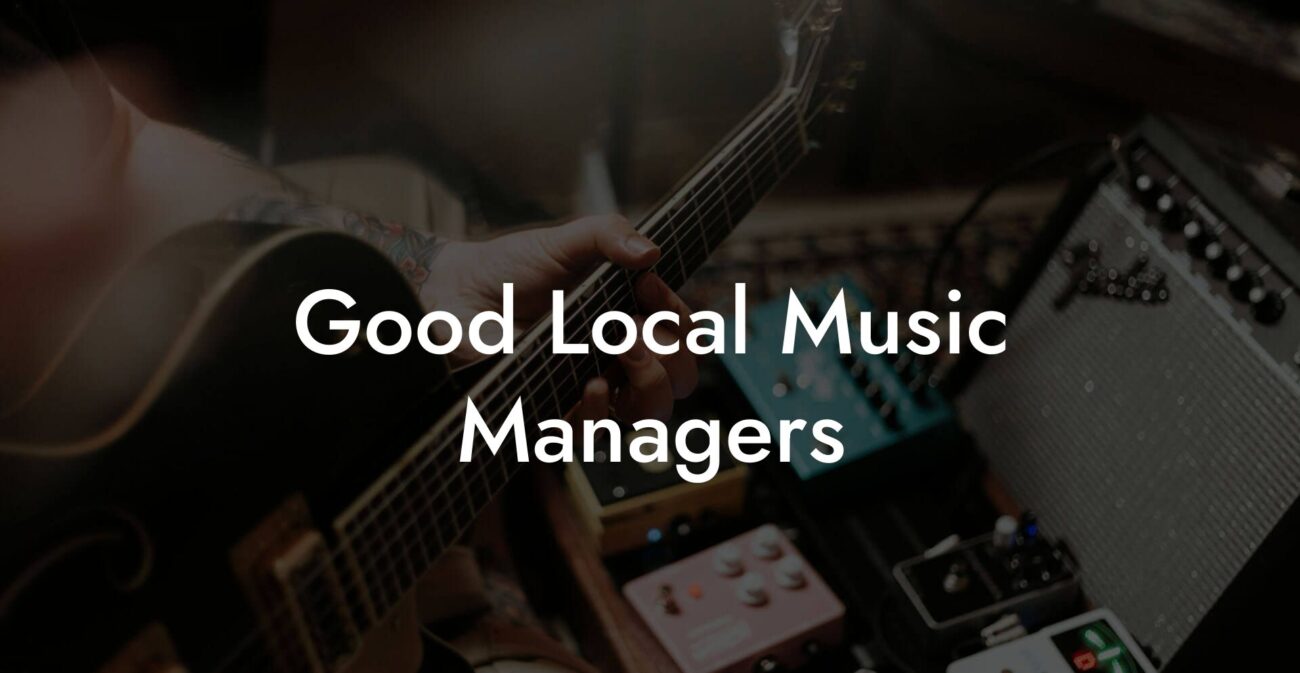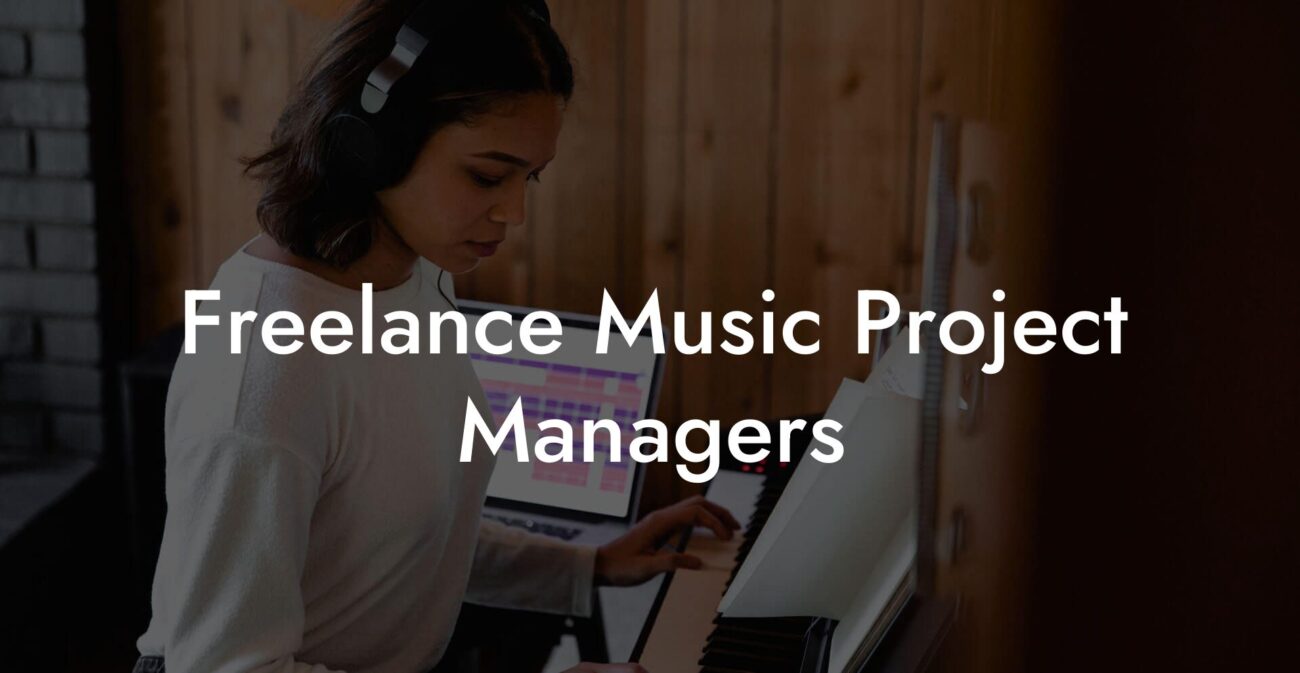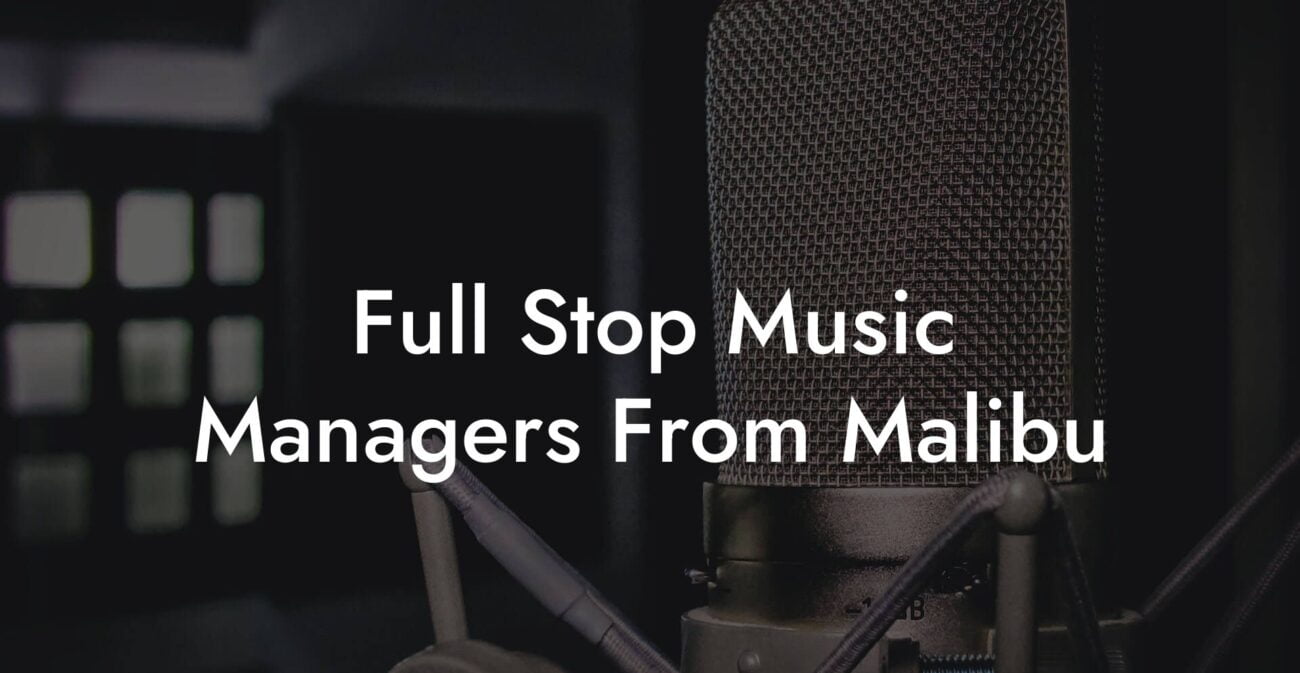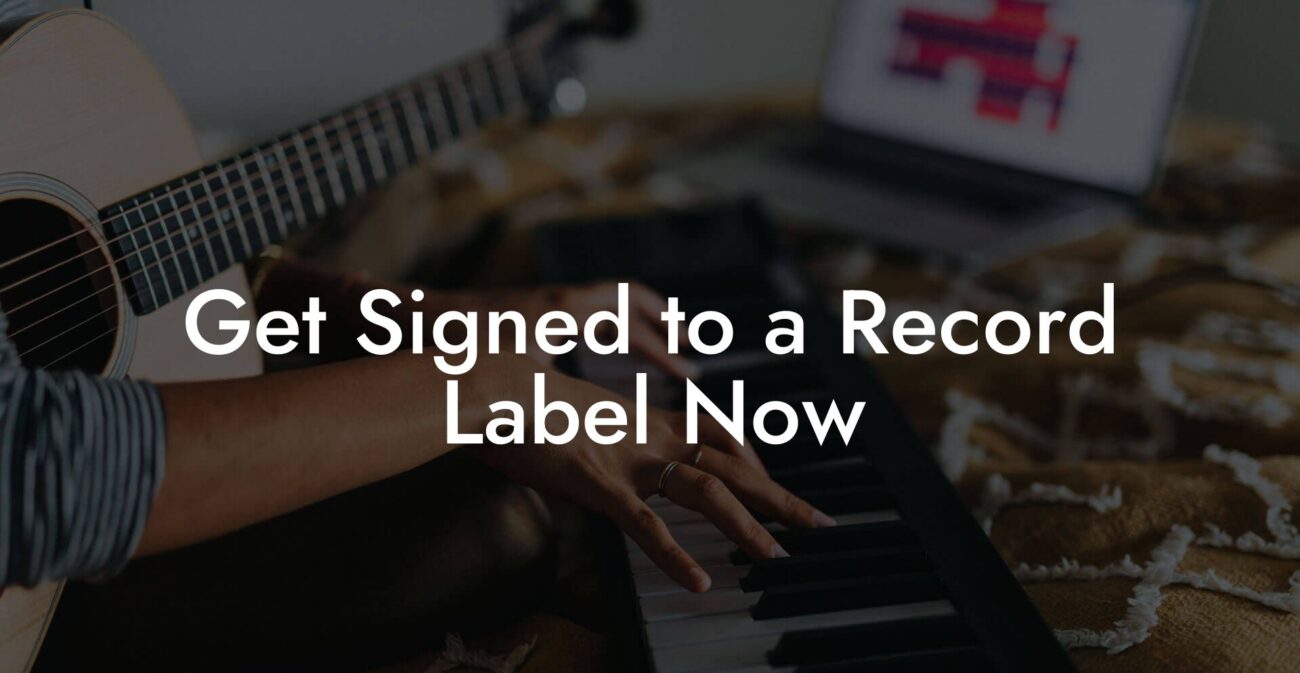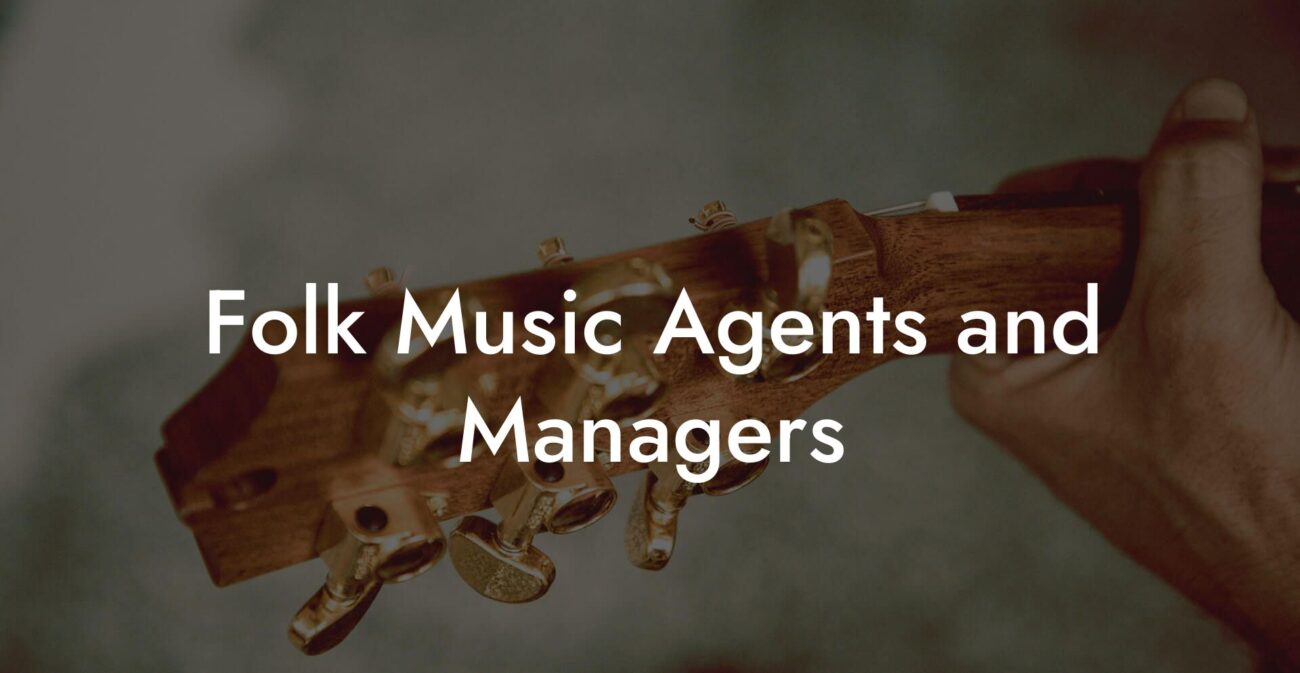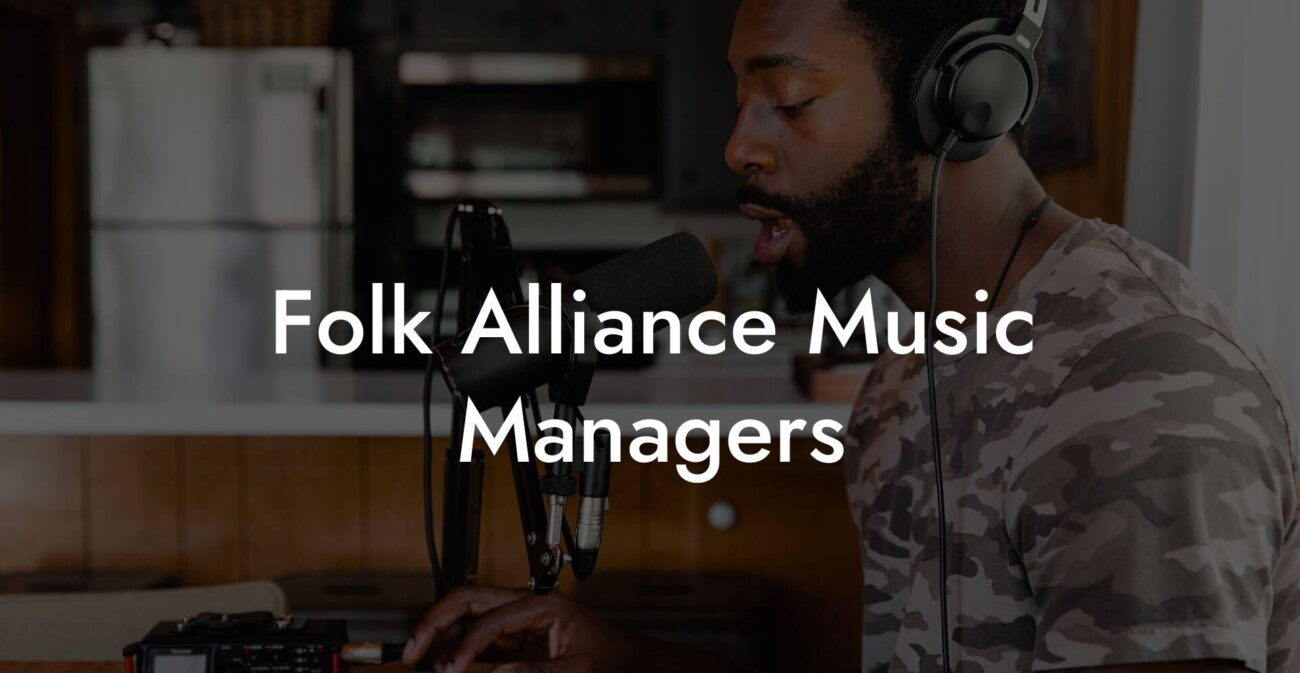Songwriting Advice
How To Write A Song On The Piano
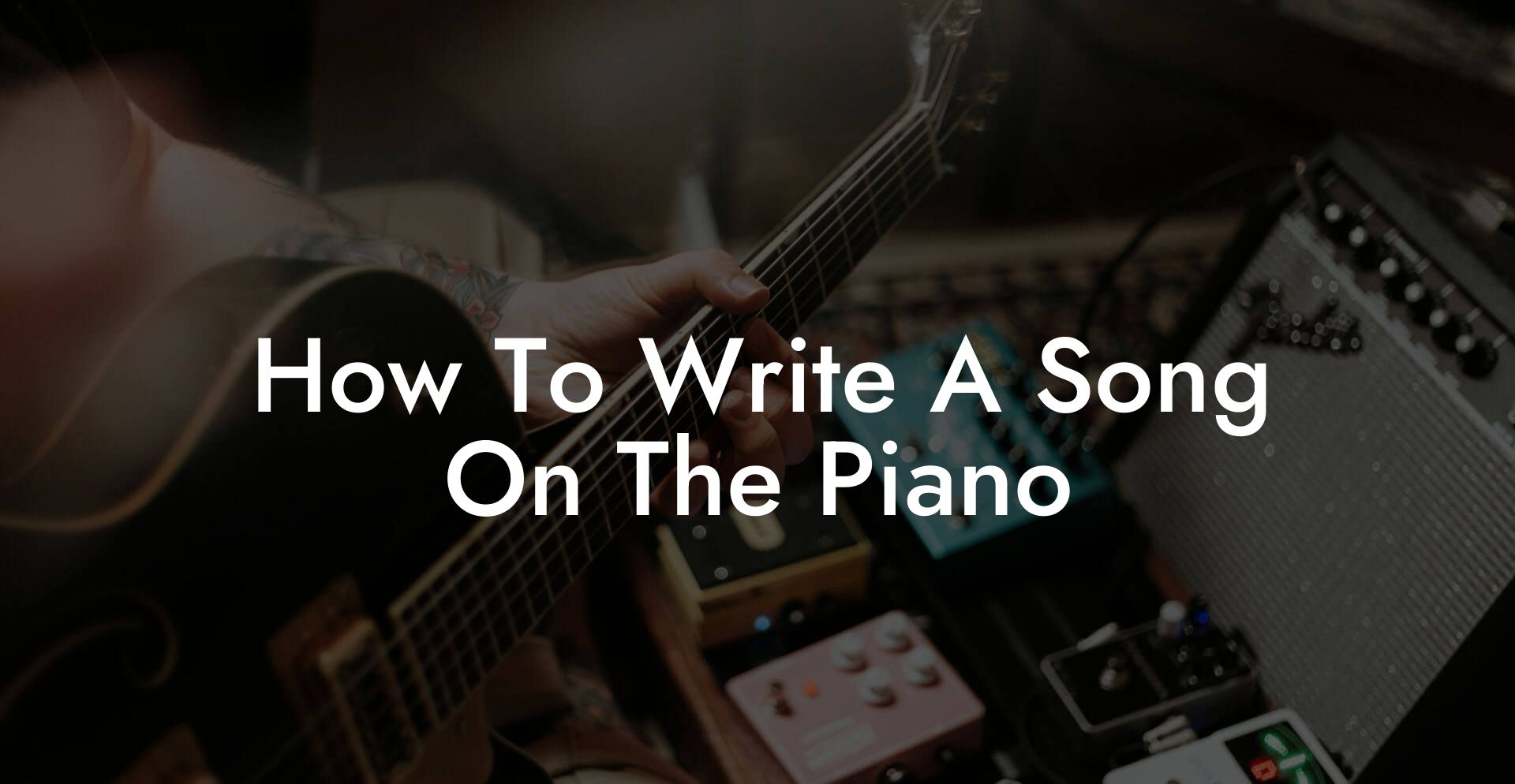
Ever sat down at your piano and thought, “I could totally write the next chart-topping hit, but where do I even begin?” Whether you’re a bedroom troubadour or a starry-eyed songwriter armed with nothing but your passion and a slightly out-of-tune keyboard, this guide is here to help you navigate the creative process of writing a song on the piano. Forget rigid music theory lectures and impersonal formulas—this journey is about blending your unique story with those captivating melodies that make your heart skip a beat. So, grab your favorite beverage, take a deep breath, and let’s dive into the magic of songwriting!
Looking for the ultimate cheatsheet to skyrocket your music career? Get instant access to the contact details of the gatekeepers of the music industry... Record Labels. Music Managers. A&R's. Festival Booking Agents. Find out more →
Quick Links to Useful Sections
- Why Write a Song on the Piano?
- Getting Started: Setting the Stage for Creativity
- The Essential Tools for Songwriting on the Piano
- Understanding the Building Blocks: Music Theory Without the Yawn Factor
- Chords and Progressions
- Melody and Rhythm
- Finding Inspiration: From Everyday Moments to Grand Epiphanies
- Structuring Your Song: The Blueprint of a Masterpiece
- The Typical Song Structure
- Experimenting with Non-Traditional Structures
- Bridging Lyrics and Melody: Telling a Story Through Music
- Overcoming Writer’s Block: A Survival Guide for the Creative Soul
- Technical Tips: Transforming Theory Into Practice
- Making Your Song Unique: Personalizing Your Musical Voice
- Resources and Community Support: Your Next Steps
- Crafting a Personalized Songwriting Routine
- Collaboration and Experimentation: Expanding Your Musical Horizons
- Using Your Piano as a Creative Messenger
- Integrating Modern Technology into Your Songwriting Process
- Staying Motivated: Embracing the Journey of Songwriting
- FAQs: Your Questions Answered on Writing a Song on the Piano
- Your Next Steps: Embrace the Journey of Songwriting
Why Write a Song on the Piano?
The piano isn’t just an instrument—it’s your creative laboratory. With its range of keys, from bass to treble, the piano gives you the power to explore a vast spectrum of sounds and emotions. Unlike a guitar that’s limited to a few easy chords or a drum set that only offers rhythm, the piano can be as subtle as a whisper or as bold as a full-blown anthem. It’s like having a full orchestra at your fingertips, ready to help you express everything from melancholy to pure joy.
Writing a song on the piano allows you to experiment with chord progressions, layered melodies, and rhythmic patterns in an intuitive way. It provides a solid foundation for both beginners and seasoned musicians to build a song, and it’s a fantastic tool to captivate your audience with authentic, vulnerable, and relatable tunes.
Getting Started: Setting the Stage for Creativity
Before your creative explosion begins, it’s essential to set a space that inspires you. Clear your mind, tidy up your practice area (or at least push the clutter to one side), and create an environment that welcomes creativity. Whether you’re a night owl who draws inspiration under the soft glow of fairy lights or an early riser who loves the crisp morning air, make sure your space reflects your personal vibe.
Also, embrace imperfection. Your first take might be a bit off—it might sound like a riff inspired by your morning coffee jitters rather than a masterpiece. And that’s perfectly okay! Songwriting is all about exploration, experimentation, and sometimes a few hilarious musical missteps that eventually lead you to your breakthrough.
The Essential Tools for Songwriting on the Piano
All you really need is a piano (or a keyboard that won’t judge you if you occasionally play off-key), a notebook for jotting down ideas, and an open mind. To further elevate your songwriting journey, consider embracing some digital tools. Meet Lyric Assistant—a nifty online tool that helps musicians effortlessly craft lyrics for their next big hit. When your melody is ready but your words are stuck, Lyric Assistant can be your secret weapon, offering creative suggestions to get your lyrics flowing.
In addition to digital helpers, a metronome and a recording device (your smartphone works perfectly fine) can be incredibly useful. They help keep you on track with the beat and allow you to capture those bursts of inspiration before they vanish into the ether.
Understanding the Building Blocks: Music Theory Without the Yawn Factor
Let’s be real: the term “music theory” might conjure up images of dense textbooks and endless scales. But fear not—when it comes to writing a song on the piano, you only need a few key concepts to unlock your creative potential.
Chords and Progressions
Chords are the backbone of your song. They’re what give your melody depth, emotion, and structure. Most pop songs, for instance, rely on simple progressions like C-G-Am-F or I-V-vi-IV. These chord progressions are widely popular because they evoke immediate emotional responses.
Experiment with different chords to see how they change the mood of your piece. Feeling a bit moody? Try switching from a major chord to its minor counterpart. Want something uplifting? Let your fingers dance between some bright, major chords.
Melody and Rhythm
Your melody is the story’s voice. When you start with a simple motif—a short melodic idea—it can transform into a catchy hook or a soulful ballad line. Play around with rhythms, syncopation, and timing. Sometimes, bending the rhythmic rules leads to the most memorable parts of your song.
Combine your chords and melody to form a seamless dance of notes. Don’t be afraid to improvise—often, the best hooks are discovered during moments of spontaneity. As you explore your creative expression, remember that every note you play is an opportunity to share a piece of your story.
Finding Inspiration: From Everyday Moments to Grand Epiphanies
Inspiration can be as unpredictable as your favorite indie film drop. One minute, you’re scrolling through memes, and the next, you’re struck with an idea for a heartwarming piano melody that feels like a warm hug. The key is to keep your senses alert and to find meaning in the mundane.
Think about your experiences—the highs, the lows, the inevitable awkward moments—and translate them into music. Maybe there’s a memory of a rainy day that feels melancholic, or perhaps a memory of dancing under the neon lights of your favorite dive bar that makes your heart race. Let your feelings guide your fingers on the keys.
For those moments when inspiration seems as elusive as that last piece of pizza at a party, try stepping away from the piano. Go for a walk, binge-watch that quirky documentary, or chat with a friend. Sometimes, the best creative sparks come from a change in scenery or a shift in perspective.
Structuring Your Song: The Blueprint of a Masterpiece
Every great song has a structure—a roadmap that guides the listener through an emotional journey. While some artists might prefer a more experimental approach, having a basic framework can give you a solid foundation to build upon.
The Typical Song Structure
A common structure in songwriting includes:
- Intro: The first few bars that set the tone. Think of this as your musical handshake with the listener.
- Verse: The story unfolds here. Use it to introduce your themes and characters.
- Pre-Chorus (Optional): A build-up that leads to the main event, heightening anticipation.
- Chorus: The emotional and musical climax. This is where your melody hits home and stays in your listener’s head all day.
- Bridge: A departure from the earlier sections, offering a refreshing twist or a new perspective.
- Outro: The graceful exit—leave your listeners with a lingering sense of wonder.
You don’t have to rigidly stick to this formula, but it offers a great starting point. Think of it as a recipe: once you understand the basics, you’re free to add your personal flavor and tweak as necessary.
Experimenting with Non-Traditional Structures
Feeling adventurous? Try mixing up the order of sections or even introducing an instrumental solo that tells its own story. Some of the most innovative songs come from breaking away from traditional formats and daring to be different. Trust your gut—if it feels right, it probably is.
Bridging Lyrics and Melody: Telling a Story Through Music
A song isn’t just a sequence of notes and chords—it’s a story, an emotion, a moment in time. The interplay between lyrics and melody is crucial in forging an emotional connection with your audience.
Start by brainstorming ideas or journaling your thoughts. What do you want to say? What emotions do you want to evoke? Once you have a theme, let your melody mirror the mood. A soft, slow progression might work for a heartfelt ballad, while an upbeat, rhythmic pattern could complement an anthem of self-empowerment.
And here’s where technology can truly be your best friend. When words aren’t flowing as freely as your fingers on the piano, dip into Lyric Assistant. This tool can help you shape your raw ideas into compelling lyrics that perfectly complement your music, making the songwriting process not just easier, but a whole lot more fun.
Overcoming Writer’s Block: A Survival Guide for the Creative Soul
Let’s face it—writer’s block is probably one of the most dreaded encounters in any creative process. There are days when your ideas seem to have taken an unscheduled vacation, leaving you staring at a blank page (or silent keys) wondering if your muse got lost in traffic.
When you hit a creative wall, don’t stress. Instead, try a change of pace: play a song you love, experiment with a new chord progression, or even take a break to recharge your mind with a little quirky self-care. Remember, creative energy ebbs and flows, and sometimes the best tunes emerge after a period of rest—or after binge-watching your favorite feel-good series.
Another trick is to collaborate. Reach out to a friend, join an online community, or use songwriting prompts to kickstart your inspiration. Often, sharing your challenges and hearing others’ perspectives can open up new doors of creativity. And who knows? Your next breakthrough might come in the form of an unexpected jam session.
Technical Tips: Transforming Theory Into Practice
You don’t have to be a music theory genius to write a compelling song on the piano, but mixing a bit of technical know-how with your creative flair can enhance your songwriting process significantly. Here are some technical tips to consider:
- Explore Different Keys: Switching keys can dramatically change the mood of your song. Experiment with both major and minor keys to see which one aligns with your emotional intent.
- Use Inversions and Voicings: Rather than playing the same chord in its basic form, try incorporating inversions. This subtle shift can add texture and complexity to your arrangement.
- Play with Dynamics: Vary the volume and intensity throughout your piece. Soft, gentle passages contrast beautifully with powerful crescendos, keeping your listener engaged from start to finish.
- Experiment with Tempo: Sometimes slowing down or speeding up parts of your song can create dramatic effect. Don’t be afraid to push the boundaries of conventional timing.
- Record and Reflect: Record your sessions—even the rough drafts. Listening back gives you perspective on what works and what could use a tweak, turning each recording session into a mini masterclass in your own creativity.
Integrating these techniques into your daily practice can help bridge the gap between raw emotion and refined composition. With a little patience and lots of practice, you’ll start to see your musical ideas come alive.
Making Your Song Unique: Personalizing Your Musical Voice
One of the most exciting parts of songwriting is discovering your own voice. Your unique perspective is what sets your music apart from the countless other songs out there. Don’t feel pressured to mimic popular trends—your authenticity is your superpower.
Reflect on your influences, your experiences, and the stories that matter most to you. Infuse your song with a flavor that feels distinctly yours. Whether it’s quirky sound effects, unexpected chord changes, or lyrics that reflect your offbeat sense of humor, these personal touches are what turn a good song into a memorable one.
If you ever find yourself doubting your originality, remember this: every great artist was once a beginner. Embrace your journey and let your personality shine through your music. Your audience isn’t just listening for technical perfection—they crave genuine emotion and a piece of your story.
Resources and Community Support: Your Next Steps
The journey of writing a song on the piano doesn’t have to be a solitary adventure. There’s a whole community of musicians, songwriters, and creative enthusiasts waiting to collaborate, share tips, and offer support. From online forums and social media groups to local meet-ups and workshops, countless resources are available to help you refine your craft.
Consider following online channels dedicated to piano tutorials, songwriting challenges, and creative discussions. Platforms like YouTube, Reddit, and various Facebook groups are treasure troves of advice and inspiration. And if you’re after a little extra help with your lyrics, remember that Lyric Assistant is always a click away, ready to amplify your creative potential.
As you progress in your songwriting journey, don’t hesitate to share your work with this vibrant community. Feedback, both positive and constructively critical, can help you grow and refine your approach. So take the leap—upload a snippet of your new song, start a conversation in a forum, or even join a virtual open mic night. The connections you make could not only spark new ideas but also lead to exciting collaborations.
Finally, set small, attainable goals. Whether it’s committing to writing one new chord progression a week or finishing the lyrics for your chorus by the next full moon, these milestones can keep you motivated and engaged in your craft. Remember, every great song started with a single note.
Crafting a Personalized Songwriting Routine
Developing a routine that fits your lifestyle—even if it’s as unconventional as midnight jam sessions after a pizza binge—can be the secret sauce to consistent creative output. Start by scheduling regular practice time with your piano, and treat it like a sacred appointment with your future hit song.
Experiment with different approaches: warm-up exercises, scales, or even free improvisation sessions before you settle into focused songwriting. Keep a journal by your keyboard to capture fleeting ideas, lyric snippets, or even chord progressions that spark your interest. Over time, you’ll build a repository of creative gems ready to be woven into a full song.
And don’t forget to mix in periods of rest. Allowing your brain the space to recombine and process ideas can lead to surprising creative breakthroughs. Embrace the ebb and flow of inspiration—some days the keys might sing effortlessly, while on others, you might only discover quiet moments of reflection.
Collaboration and Experimentation: Expanding Your Musical Horizons
There’s a unique joy in collaborating with fellow musicians. Whether it’s jamming with a friend, co-writing with a bandmate, or even exchanging ideas in an online songwriting community, collaboration can open up new avenues of creativity that you might not have explored on your own.
Don’t be intimidated by differing musical tastes or styles. Embrace the fusion of various influences—mixing genres, blending different techniques, and experimenting with unusual sounds. These experiments often lead to the most innovative compositions. After all, some of the best hits are born out of a delightful clash of ideas.
Use collaboration as a tool to step outside your creative comfort zone. Listen to feedback, share your progress, and be open to remixing parts of your song until you find that sweet spot where every element feels just right.
Using Your Piano as a Creative Messenger
Your piano is not just an instrument—it’s a storyteller. Every key, every chord progression, is capable of conveying emotions that words sometimes fail to capture. Let your music be a conversation with your inner self. As you strike the keys, imagine you’re communicating your deepest thoughts, your wildest dreams, and even your quirky sense of humor.
Experiment with dynamics: start softly, build intensity, pause for dramatic effect, and let your music ebb and flow like a captivating narrative. The interplay between silence and sound is a powerful storytelling device that can elevate your song from a mere collection of notes into an emotional journey.
As you hone your craft, record snippets of your practice sessions. When you listen back, you might uncover hidden motifs or unintentional improvisations that deserve a spot in your final arrangement. Embrace these discoveries—they are often the stepping stones to your next great musical adventure.
Integrating Modern Technology into Your Songwriting Process
We live in an era where creativity and technology go hand in hand. Digital tools can transform a sporadic burst of inspiration into a polished composition. Apart from Lyric Assistant for refining your lyrics, consider exploring Digital Audio Workstations (DAWs) like GarageBand, Ableton Live, or FL Studio. These platforms allow you to record, layer, and edit your piano compositions, ensuring that your raw ideas are captured in high fidelity.
Use looping features to repeat chord progressions or melodic patterns until you find the perfect groove. Experiment with virtual instruments, effects, and plugins to add texture and dimension to your sound. The digital world offers endless possibilities to tweak and refine your songwriting process.
Remember, technology is here to enhance—not replace—your natural creativity. Use these tools as extensions of your artistic vision, enabling you to experiment, iterate, and ultimately, create music that resonates with your unique voice.
Staying Motivated: Embracing the Journey of Songwriting
The road to songwriting success isn’t always paved with instant hits and viral sensations. There will be moments when creativity seems to stall, practice sessions feel unproductive, and you may even question your artistic choices. But remember: every great artist has weathered creative storms before arriving at their breakthrough.
Keep a record of your progress. Look back at your early compositions and marvel at the growth you’ve achieved over time. Celebrate the small victories—a catchy hook, a well-crafted melody, or even a single line of lyrics that perfectly captures your feelings. These moments pave the way for your future masterpieces.
Stay inspired by seeking out new influences. Attend live performances, explore different genres, and engage with other creatives in your community. Let each new experience fuel your passion and expand your musical horizons.
FAQs: Your Questions Answered on Writing a Song on the Piano
Here are some frequently asked questions that can help you overcome challenges and unlock your creative potential when writing a song on the piano:
1. Do I need to be an expert in music theory to write a song on the piano?
Not at all! While a basic understanding of chords, scales, and progressions helps, some of the best songs come from pure emotion and experimentation. Start with the fundamentals and build your skills over time.
2. How do I overcome writer’s block when composing on the piano?
Taking a break, experimenting with different keys, and even collaborating with others are effective ways to dodge writer’s block. Sometimes, a change in scenery or using a tool like Lyric Assistant for your lyrics can reignite your creativity.
3. What are some beginner-friendly chord progressions I can try?
Progressions like C-G-Am-F or I-V-vi-IV are popular, easy to learn, and can serve as a solid starting base for your composition.
4. How can I blend my lyrics with the piano melody seamlessly?
Start by letting your mood guide both the chord progressions and the lyrical themes. Once you have a draft of your melody, use tools like Lyric Assistant to help shape your lyrics, ensuring that both elements complement each other.
5. Are there modern digital tools that can help me record and edit my songwriting ideas?
Absolutely! Digital Audio Workstations such as GarageBand, Ableton Live, or FL Studio provide easy ways to record, edit, and refine your piano compositions. They allow you to capture your creative ideas in high quality, layer sounds, and experiment with effects.
6. How important is a dedicated creative space for songwriting?
Having a space that inspires you can make a huge difference. A dedicated area free of distractions allows you to focus, experiment, and let your creativity flow without feeling constrained.
7. Can collaboration really enhance my songwriting skills?
Yes! Collaborating with other musicians or songwriters can offer fresh perspectives, new techniques, and sometimes even spark the next big idea. Sharing your work in a community can also provide valuable feedback for improvement.
8. How do I know when my song is ‘finished’?
Finishing a song is more about your creative satisfaction than following a checklist. Trust your instincts—when your song feels complete and resonates with your intended emotion, it’s ready to share.
9. What if my piano skills aren’t advanced—can I still write a good song?
Absolutely. Many successful songs have been crafted by those still learning the instrument. Focus on your creativity and emotion, and let your unique interpretation shine through.
10. How can I continuously improve my songwriting skills on the piano?
Practice regularly, explore varied musical influences, record your progress, and never be afraid to experiment with new ideas. Over time, your unique style will emerge and flourish.
Your Next Steps: Embrace the Journey of Songwriting
Now that you’ve got a roadmap for writing a song on the piano, it’s time to step into your creative arena. Remember, every master was once a beginner, and every note you play is part of your unique musical story. Embrace the process, be patient with yourself, and enjoy each twist and turn along the way.
Start by dedicating a bit of time each day to practice—not just playing scales, but experimenting with different melodies, chords, and rhythms. Use resources like online tutorials, masterclasses, and community forums to connect with fellow songwriters. And if the lyrics ever get stuck, let Lyric Assistant lend you a creative boost.
The journey of songwriting on the piano is as much about self-discovery as it is about creating beautiful music. So, turn that key, feel the rhythm, and let your heart sing. Your next hit is waiting—claim it, nurture it, and most importantly, have fun along the way.
Here’s to countless hours at the keys, unexpected bursts of inspiration, and the joy of writing songs that truly reflect who you are. Your creative adventure is only just beginning—enjoy every note of it!


